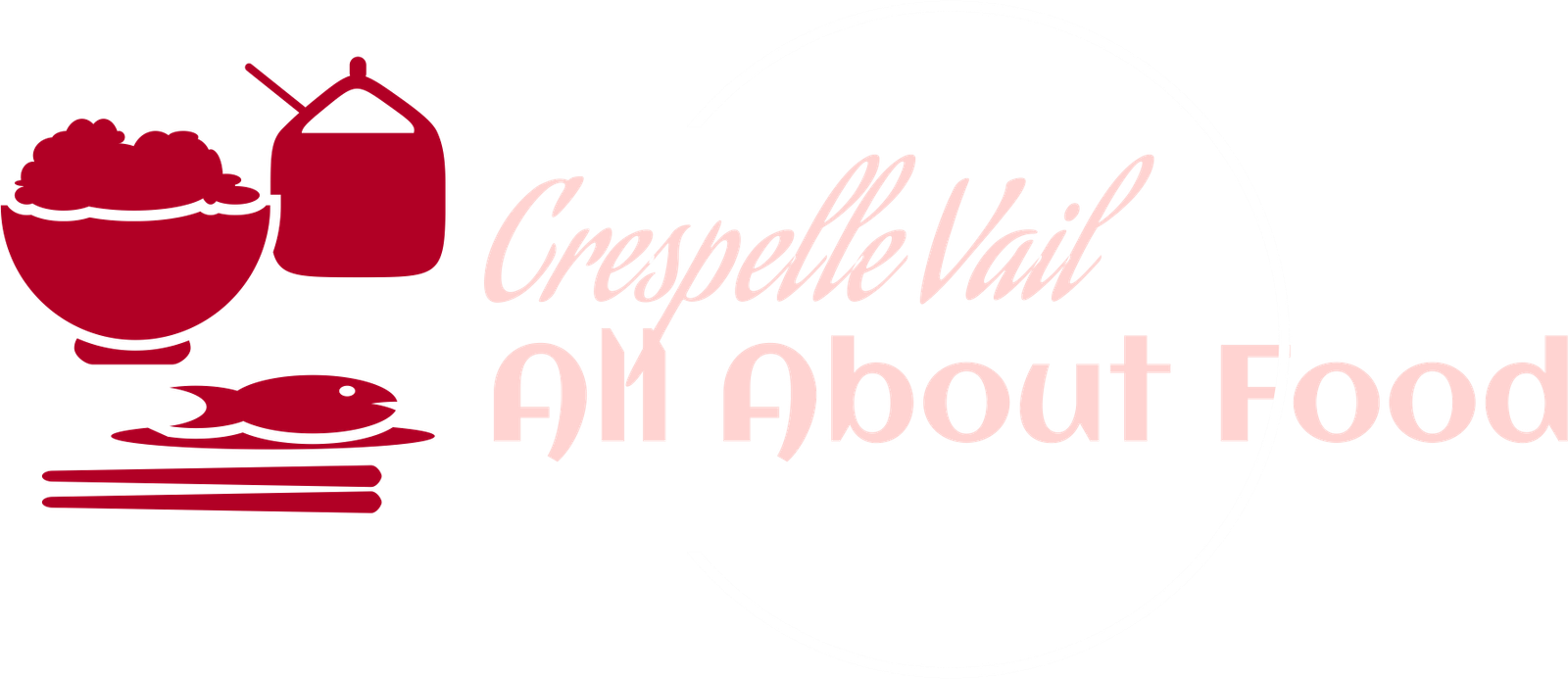
25, Jul 2024
Restaurant Food Safety Tips for Chefs
Proper hand hygiene is a fundamental aspect of Restaurant Food Safety Tips for Chefs. Chefs should wash their hands frequently with soap and water, especially after handling raw ingredients, using the restroom, or touching their face. Using hand sanitizer can supplement hand washing, but it should not replace it. Clean hands help prevent the spread of harmful bacteria and ensure the safety of the food you prepare.

Maintain Correct Food Temperatures
Maintaining the correct temperatures is crucial for restaurant food safety. Cooking food to the right internal temperature kills harmful bacteria and reduces the risk of foodborne illness. Use a food thermometer to check the temperatures of meats, poultry, and other dishes. Additionally, keep hot foods hot and cold foods cold by using proper storage techniques and equipment.
Practice Safe Food Storage
Safe food storage is essential for restaurant food safety. Store raw meats, poultry, and seafood separately from ready-to-eat foods to avoid cross-contamination. Use airtight containers and label all stored items with the date to ensure they are used within their shelf life. Regularly check for expired or spoiled items and discard them to maintain a safe kitchen environment.
Avoid Cross-Contamination
Preventing cross-contamination is a key restaurant food safety practice. Use separate cutting boards and utensils for raw and cooked foods to avoid transferring harmful bacteria. Clean and sanitize surfaces, equipment, and utensils between uses. Properly sanitize all kitchen tools and equipment to maintain a safe and hygienic cooking environment.
Implement Proper Cleaning Procedures
Regular cleaning and sanitation are vital for restaurant food safety. Develop a cleaning schedule for all kitchen areas, including countertops, floors, and equipment. Use approved cleaning agents and follow the manufacturer’s instructions. Ensure that kitchen staff are trained in proper cleaning procedures to prevent contamination and maintain a hygienic kitchen.
Monitor Food Handling Practices
Monitoring food handling practices is essential for ensuring restaurant food safety. Train staff on proper techniques for handling, preparing, and cooking food. Regularly inspect food preparation and cooking processes to ensure adherence to safety protocols. Address any issues or non-compliance promptly to maintain high standards of food safety.
Keep Kitchen Equipment in Good Condition
Well-maintained kitchen equipment contributes to restaurant food safety. Regularly inspect and service equipment such as ovens, refrigerators, and dishwashers to ensure they are functioning correctly. Broken or malfunctioning equipment can pose safety risks and affect food quality. Proper maintenance helps prevent accidents and ensures that equipment operates efficiently.
Educate and Train Staff
Education and training are crucial for restaurant food safety. Ensure that all kitchen staff are knowledgeable about food safety practices and regulations. Provide ongoing training to keep staff updated on the latest safety guidelines and techniques. Regularly review and reinforce food safety procedures to create a culture of safety in the kitchen.
Conclusion: Ensure a Safe Kitchen Environment
In conclusion, following restaurant food safety tips is essential for protecting both your customers and your business. By prioritizing proper hand hygiene, maintaining correct food temperatures, practicing safe food storage, and preventing cross-contamination, you can ensure a safe and hygienic kitchen. Regular cleaning, monitoring food handling practices, and keeping equipment in good condition further support a safe dining experience. Educate and train your staff to uphold these standards and maintain a safe kitchen environment.
- 0
- By Jill Morris

